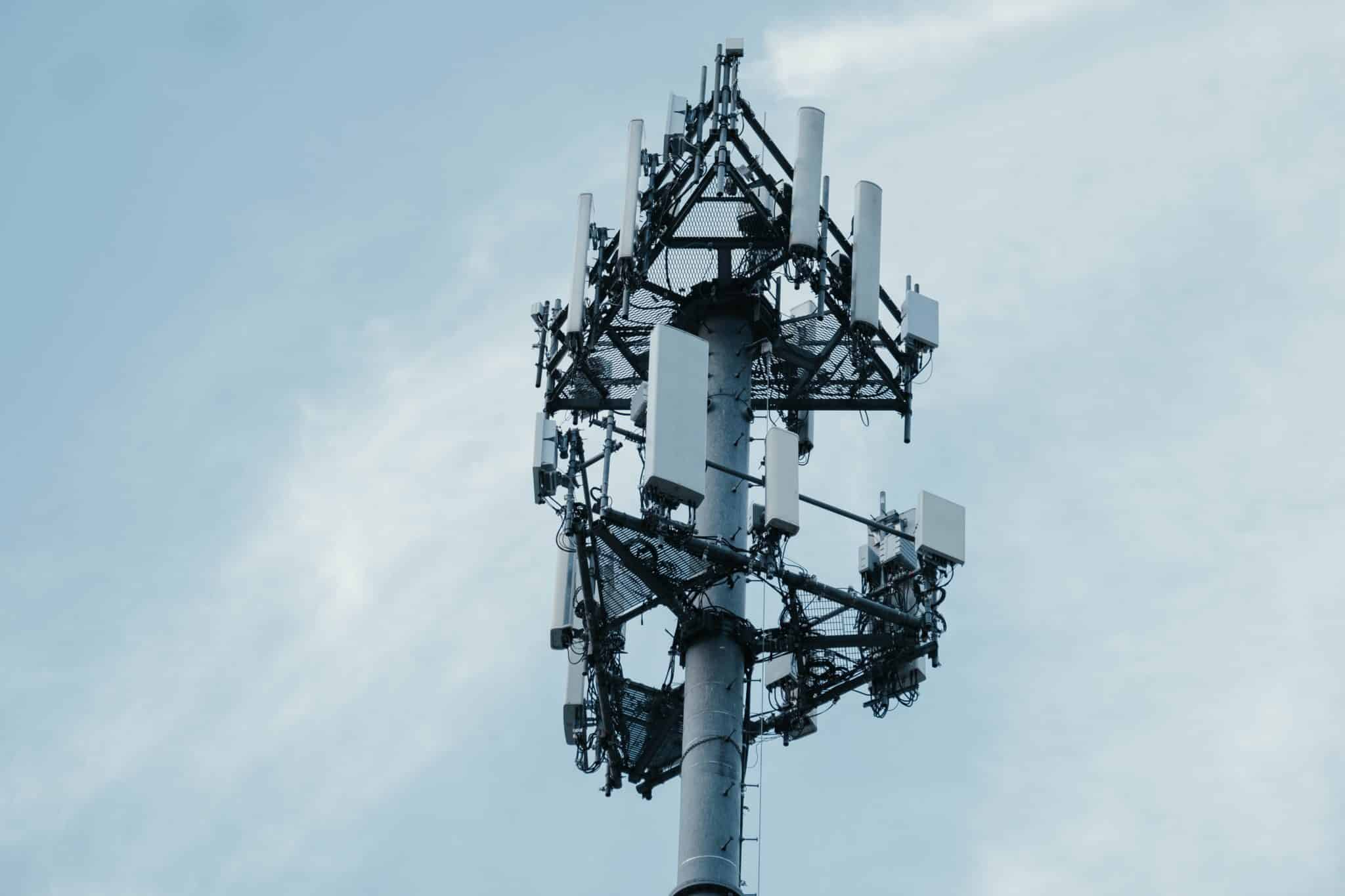
Beyond 5G
Digital Systems
The Beyond 5G project primarily aims to provide technical solutions for developing sovereign and secure 5G/post-5G networks.
It customises these solutions to the needs of end-user sectors through extensive R&D via an interface between R&D and user needs (experimentation platforms). It contributes to the development of a research-experimentation ecosystem that is conducive to the necessary innovations and adapted to the challenges of a resilient and sovereign industry.
The project is divided into four work packages (WP)
- WWP1: Definition of target architectures (leader: Thales)
- WP2: Methods for massive and resilient radio access in Beyond5G (leader: IMT Atlantique)
- WP3: Managing Security in 5G Systems and beyond (leader: Ericsson)
- WP4: Platforms and Test Validation (leader: EURECOM)
IMT Nord Europe’s work focuses on two specific areas:
Physical layer, reliability, interference, and device-to-device (D2D) communications.
NOMA approaches cause interference that significantly limits performance and cannot always be avoided or eliminated. Our contributions have three objectives:
- Model interference for the purpose of designing effective reception strategies and optimising channel access methods with sub-exponential distributions (such as alpha-stable) which take into account the rare but high amplitude events and copulas for non-trivial dependency relationships.
- 5G will considerably complicate the spatio-temporal mapping of electromagnetic fields. This factor is a source of concern for the general public and can also guide resource access choices in dense networks in particular. The objective is to develop AI-powered tools (neural networks), autonomous sensor networks and open data on network architecture to create this mapping.
- The access strategy can influence its statistical properties of interference, both in terms of impulsivity levels and dependency properties. The joint design of reception solutions makes it possible to reduce its harmful impacts. This work package will assess the impact of NOMA strategies on interference statistics with the aim of implementing optimised reception strategies.
Energy resource management is also key challenge. We therefore pay particular attention to allocation policies and the performance of relay and D2D networks.
- We wish to develop optimal resource allocation policies for networks using several techniques simultaneously (e.g., cognitive radio, cooperation) to meet the requirements for speed and users served.
- The behaviour of long-range connections in D2D networks can be compared to a percolation phenomenon. This is both an area of interest and a source of concern for operators because of the potential for allowing new operators to enter the market via crowd-networking and benefit from a functional network without making any real investment themselves. The aim is therefore to propose and study new percolation models for D2D networks. One promising possibility would be to integrate both “telecommunications” (e.g., interference, shadowing, reflection) and “geometrical” aspects (e.g., users located in an urban environment).
The network layer and security issues.
The integrity of service function chains (SFC) and network functions virtualisation (NFV) can be jeopardised in a more or less limited area, resulting in the identification of a “Disaster Zone” (DZ) depending on the scale in question. Network slicing resilience is a critical issue in supporting 5G+ use cases, especially for URLLC. Once anomalies have been detected, it is important to anticipate attacks (resulting in network outages), vSDN migration via secondary routes and reserve protection resources. Planning for and guaranteeing this resilience requires optimising network functions (NF) placement, simultaneously calculating the primary and backup SFC paths, and ensuring optimal resource allocation. This work package aims to provide a solution to this complex problem by proposing new migration models, which use and adapt specific optimisation and machine learning techniques.
Recent machine learning techniques (DL and SL) are helping to improve the performance of 5G network attack or intrusion detection systems (AIOps). With regard to 5G networks for IoT, we are witnessing a constant increase in their dynamic nature, complexity, the heterogeneous nature of their architecture (e.g., SDN-WISE, Industrial IoT) and protocols. In addition, the volume of telemetry data (e.g., alerts) continues to grow, posing several challenges on the path to “full” security automation. The goal of this work package is to propose and adapt “5G for IoT” machine learning algorithms combined with loop control systems which can be integrated into virtualised network architectures (security orchestrator).
Want to learn more about
"Beyond 5G" ?
Our teams at the IMT Nord Europe research centres are here to help
CONTACT US

